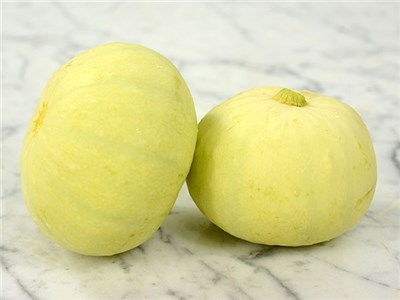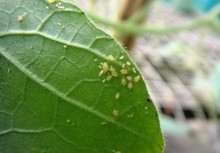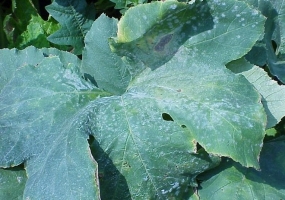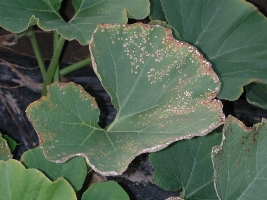Punjab Tinda -1 (2018): It is an early maturing variety that is best suited for spring planting. It has green leaves that are moderately lobed. Fruits are round, gleaming, green, pubescent, and white fleshed, with an average weight of 60 g. (immature stage). The first harvest is possible 54 days after sowing. It has an average yield of 72 q/acre.
Tinda 48: It has 75-100 cm long vines. The leaves are pale green and deeply lobed. Fruits are medium in size and weigh about 50 g on average. Their form is flat and round, pubescent, and light green in colour. The flesh is white. It produces 25 q/acre.
Tinda Ludhiana: Fruits are having light green, of medium size and having flat round shape. Each vines bears 8-10fruits. Its flesh is tender, of white color, contains less seeds and having good cooking quality. Ready to harvest in 60 days after sowing. It gives average yield of 18-24q/acre.
Other States Variety
Arka Tinda: Developed at Indian Institute of Horticulture Research, Bangalore.
Anamalai Tinda
Mahyco Tinda
Swati : Fruits are of dark green color. Ready to harvest in two month.























